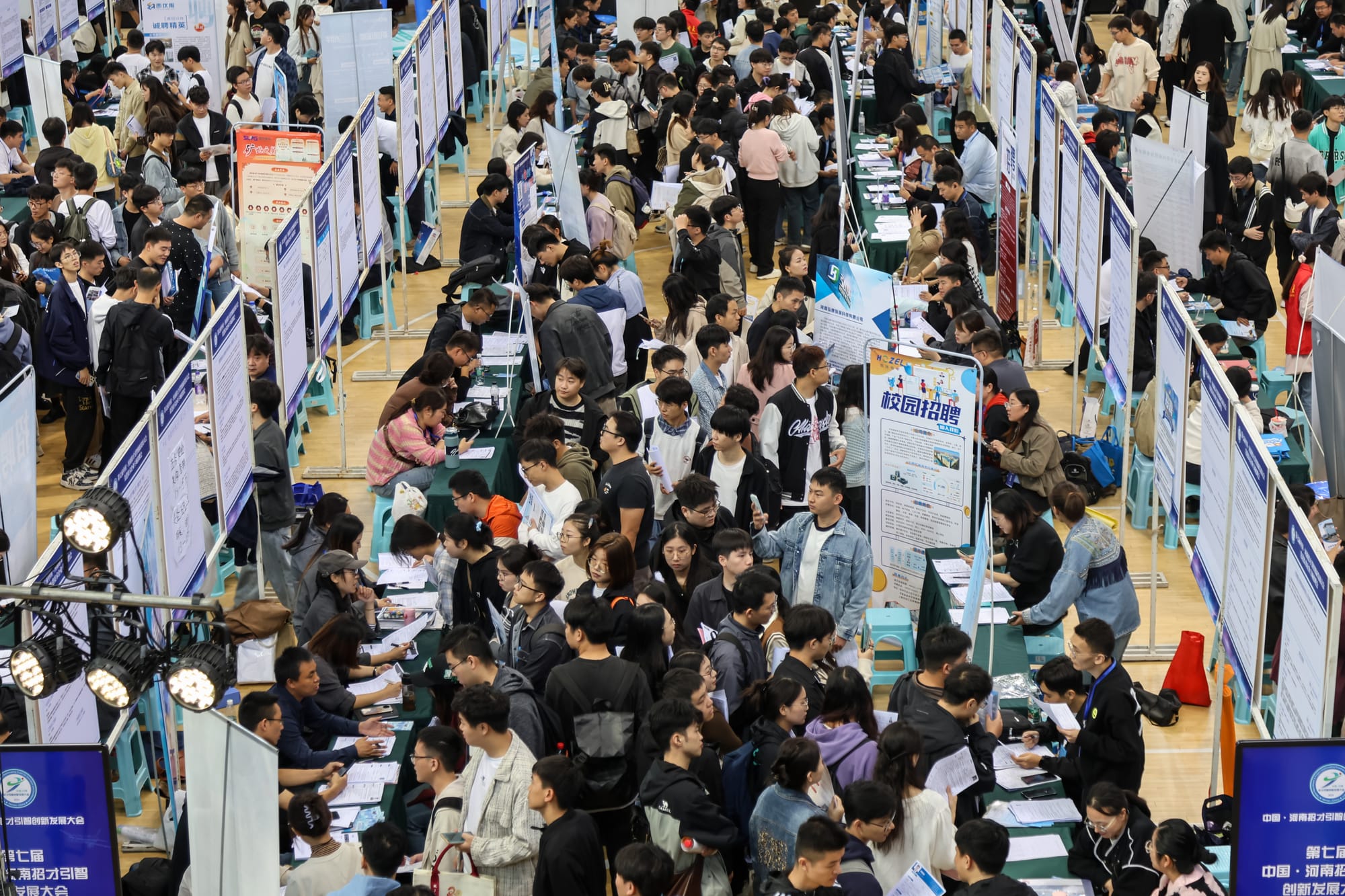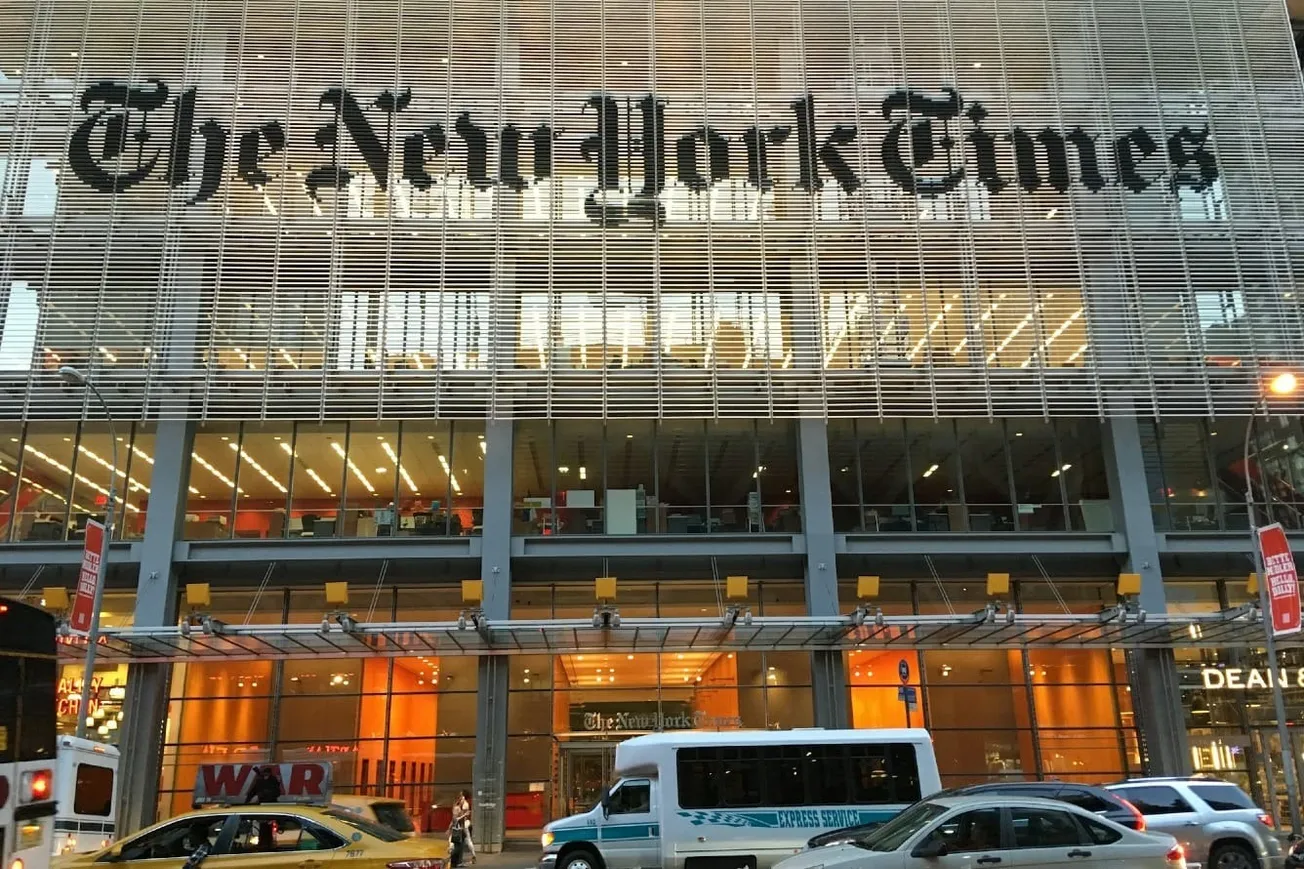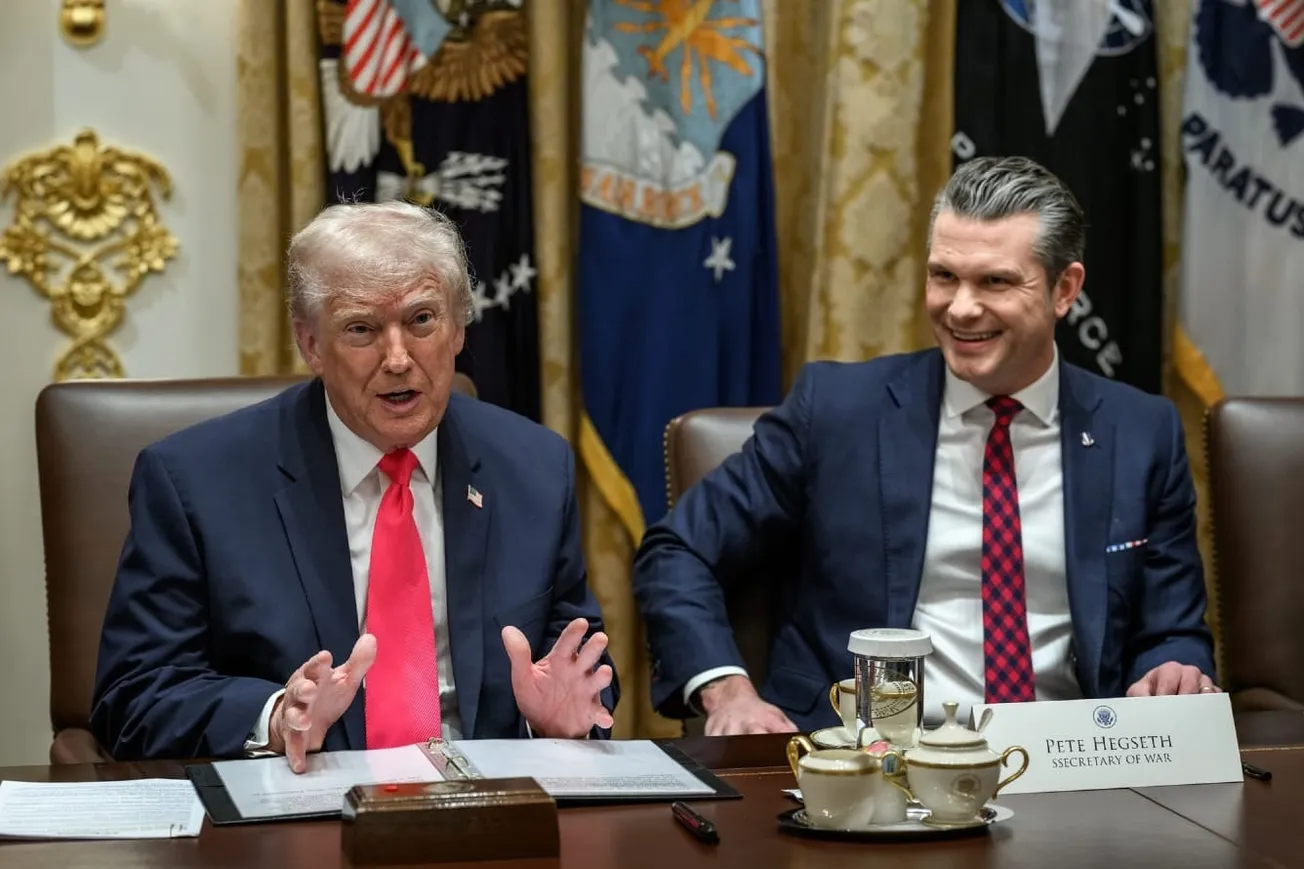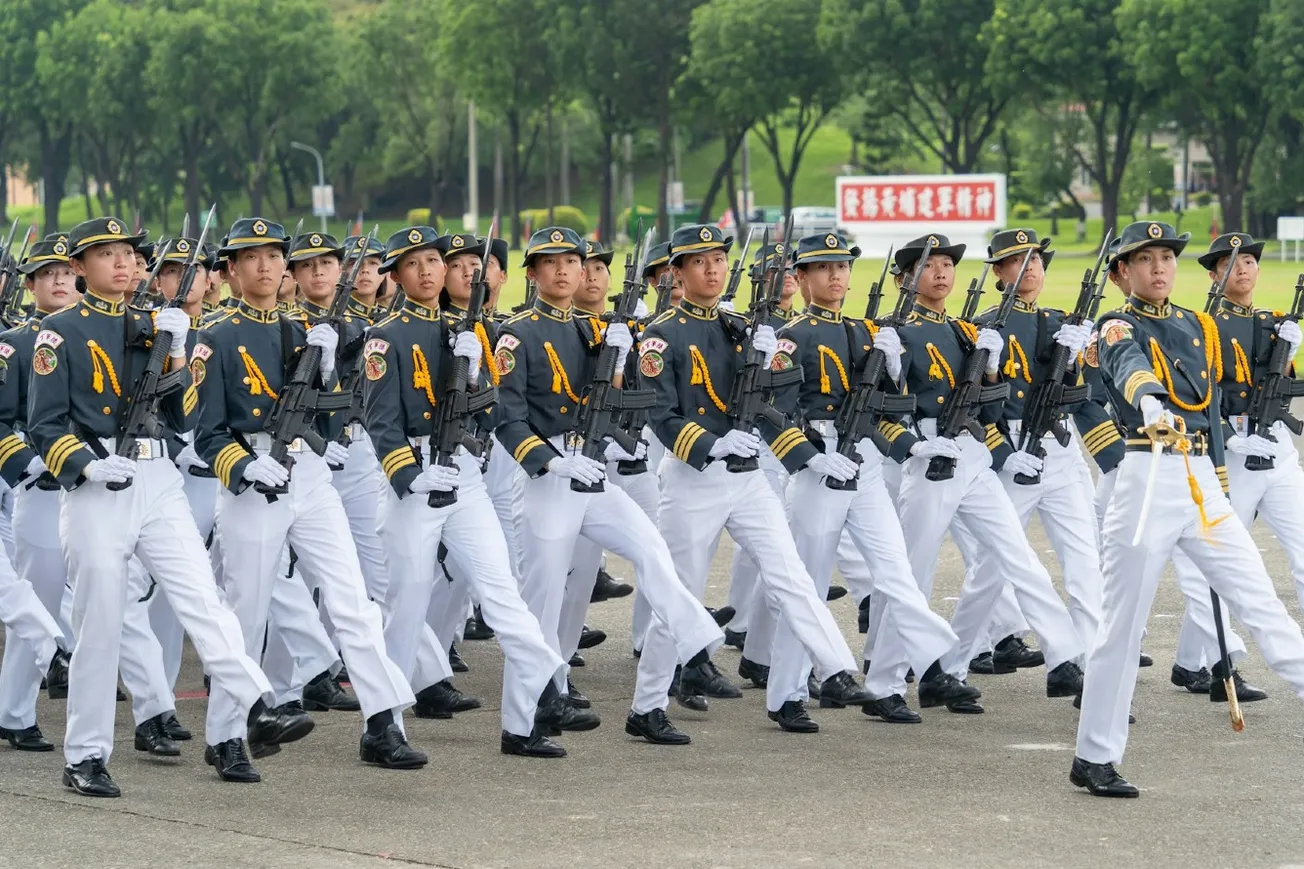While much has remained the same, much has changed for and in China since Trump was in the White House four years ago. The country's economic prowess has sputtered and stalled. Dubbed "one of the world's fastest-growing economies" in the last decade, China is currently facing a crisis brought about by the convergence of systemic and policy-related factors.
Economy
The Chinese economy is struggling to regain its momentum after the COVID-19 pandemic that started in the country. Pandemic-induced disruptions and President Xi's draconian 'Zero-COVID' policy have significantly derailed the economy.
China's GDP growth slowed during the first three quarters of 2024, indicating that the country would likely not achieve its target of 5% for the year. Beijing is known to release inflated numbers to project an optimistic picture. With the Chinese government conceding that growth has slowed, conservative estimates put last year's GDP between 2.4% to 2.8%.
The Chinese economy will take time to recover, partly due to declining domestic consumption and slowing investment. The unprecedented high unemployment rates among the youth and the aging population add to the strain. The prospect of a renewed tariff war with Washington further dampens the economic outlook in the short term.

Industry Outlook
China's growth was fueled by its manufacturing sector. Cheap labor, abundant raw materials, and lax pollution controls earned it the title of ‘the world's factory’. But, overcapacity and over-production have flooded domestic and international markets with cheap goods with few takers. It has led to falling prices and decreased profits. Many Chinese factories and key export-oriented industries rely heavily on government subsidies to stay afloat. At the same time, oversupply and dumping of cheap goods have prompted many countries to impose tariffs and trade restrictions.
Real Estate
Oversupply extends to sectors beyond manufacturing. Once considered a prudent and shock-proof investment option, China's real estate sector has largely gone bust. The country has an unsold housing inventory exceeding two years' worth of demand. According to Goldman Sachs Research, property prices could dip by another 20-25% unless the government intervenes.
About 70% of the wealth and savings of millions of Chinese households are tied up in property. Homeownership is a status symbol and is perceived as financial security. However, many real estate developers, large and small, have filed for bankruptcy in the past few years. The meltdown has wiped out the investments of thousands of Chinese citizens and put local governments under tremendous financial strain.
Local Government Debt
The massive debt carried by the local governments is a ticking time bomb. In China, local government bodies are in charge of implementing Beijing's policies. To meet the national targets, local governments set up companies called local government financial vehicles (LGFVs) and borrow from Chinese banks to fund infrastructure, real estate, and other projects. The borrowings of such entities have skyrocketed over the decades, and many are now unable to service their debts. According to some estimates, local government debt is in the region of $7 trillion to $11 trillion.
Considering the country's bank's extensive exposure to the LGFVs, Beijing has been forced to act. In the fourth quarter of 2024, President Xi's government announced a RMB 10 trillion debt swap, essentially converting local government debt incurred from financial vehicles into official debt. The amount, equivalent to 8 percent of China's GDP, is expected to boost the financial stability of the banks and local governments.
Long Road Ahead
China's economic situation is not a temporary downturn. A fundamental shift in policy and thinking is necessary to pull the country out of the economic doldrums. The country needs macroeconomic stimulus, but that alone will not bear fruit unless President Xi initiates structural reforms in the government and the economy.
It would be foolish to view China's economic woes as Beijing's alone. Despite some restructuring, the country remains a vital cog in the global supply chain. It is still the second-largest economy with vast resources and considerable purchasing power.
Economists suggest that for China to recover, the focus must swing to producing goods and commodities for the domestic market. Promoting the private sector and entrepreneurship should not be mere rhetoric. It is necessary to boost domestic consumption and investment. Encouraging innovation, creating jobs, and revitalizing the property sector will prop up the falling GDP. Debt-driven growth is not sustainable, and China cannot afford a banking crisis.
The citizens are growing resentful of the establishment. The country witnessed rare public protests against the prolonged lockdowns. Unemployment and discontent among the youth are creating a generation of Chinese disillusioned with the Party and the authoritarian regime.
President Xi's government has been forced to act. Fiscal measures to stabilize the property sector and boost employment have been announced, and local debt restructuring is underway. While these may help, they are inadequate to turn the economy around.
But, Beijing is unlikely to take big risks or introduce drastic reform that could erode its absolute control over the people. All policies and actions have a primary agenda - to retain power. Boosting the economy and improving the people's lot are all secondary to the Communist Party's desire to remain at the helm.









